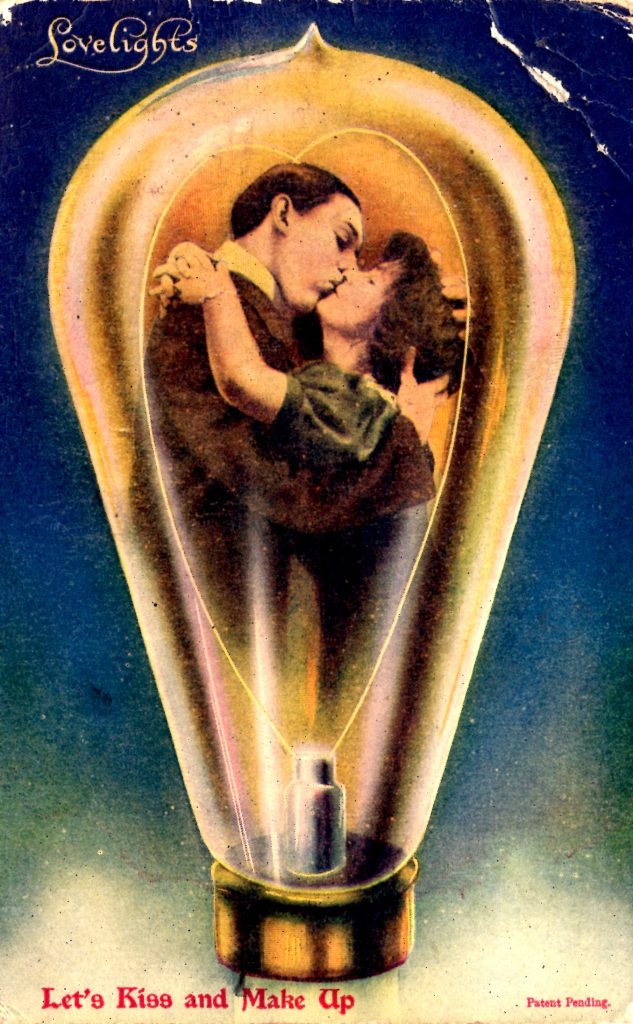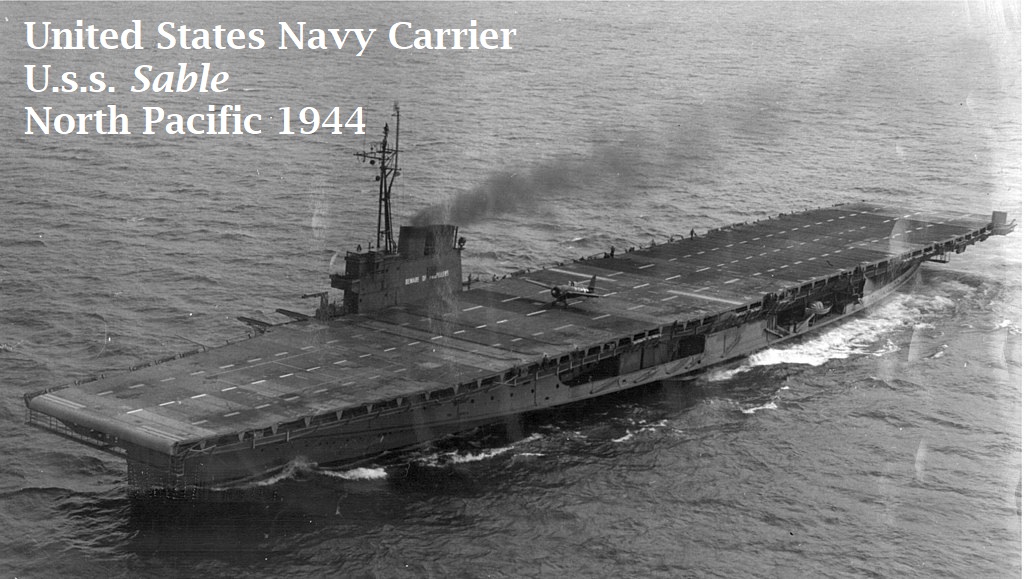Shav LaVigne
A Trilogy of Historic Postcards
Foreign postcards are generally overlooked by many collectors and I am one of them. However, after you read the message on this delightful hotel card, could you resist it? Talk about a moment in time, it is historic and personal – it has it all!
King George VI passed away in his sleep on February 6, 1952. Some of us still remember that day. At his moment of death, his daughter Elisabeth, became the Queen of England. She served the people of the British empire for over seventy years.
This Royal Vancouver Hotel card was mailed on June 3, 1953, by Ted and Nan to their friends Vera and Kenny Fenton in Oakland, California. They used a beautiful three-cent Canadian stamp featuring a very young Queen Elisabeth II.
Although Elisabeth was officially the Queen of England for the previous seventeen months, her official coronation came on June 2, 1953 – yes, it took nearly a year and a half to complete the plans for this event of a lifetime.
Strange as it could be, Ted and Nan were 7,500 miles away but the coronation left them in a rather happy but unplanned circumstance.
The message is still interesting more than seventy-years later; it reads,
Hello:
Had lunch here in this wonderful hotel today.
The stores and all businesses are closed up tight for Tues. – Wed. celebrating their new Queen.
That means we stay here 2 days longer than our plans had covered.
Then on to Victoria.
Many, many antique shops here.
We are surely having fun.
Love to you and Kenny – Ted & Nan.
Part II – A stamp, a lightbulb and postcards
Thomas Alva Edison was born in Milan, Ohio, on February 11, 1847. Historically, during his long life, he became a well-known and successful inventor.
Although he received only a limited formal education, his mother, Nancy, saw the eagerness in her son to learn and provided him with everything he needed in the way of books and material so he could learn on his own. He once said, “My mother was the making of me. She understood me; she let me follow my bent.”
Starting with the telegraph, on which he became an expert technician, he constantly thought of ways to improve the system. His efforts led to the invention of the automatic telegraph, the duplex telegraph, and the message printer. With these successes behind him he decided to dedicate his life to inventions.
Edison and his family moved to Newark, New Jersey where he set up a small laboratory to continue his work on the telegraph, and in 1875, he developed the universal stock ticker.
In 1876, with the help of his father, Samuel Edison, Thomas built a new and better equipped laboratory in Menlo Park, New Jersey. It was here that, among other ideas, Edison and his associates began work on at least three thousand different theories to develop an efficient incandescent light bulb.
Although arc lights were available at the time, they were far too bright for use within the confines of a house. Edison’s team worked to develop a thin strip of material, a filament, which could be heated by the flow of electric current and get hot enough to glow – producing light. The filament had to be strong enough to last through many on and off cycles in order to make the light bulb practical.
By 1879, the lab produced Edison’s first high resistance electric light. This was done by passing electric current through a thin platinum filament that was encapsulated in a vacuum. The vacuum within the glass bulb prevented the filament from melting. Although proving that the idea worked, this first light bulb burned for only a few hours before it failed.
Edison tested thousands of other materials for use as filaments. One of the test materials was tungsten which is used in light bulbs today. Unfortunately, he was unable to work with this difficult to handle material efficiently, given the tools available at the time.
As time passed, Edison and his staff began testing various plant fibers that were carbonized and used as light filaments. Plants like boxwood, hickory, cedar, flax, and bamboo were tried, unsuccessfully, just to mention a few.
Eventually he decided to try a cotton thread that he carbonized and encapsulated in a vacuum bulb. When electricity was passed through the thread it began to radiate a soft orange glow. The bulb burned out after fifteen hours of use but it was the beginning of further experiments that continued to last longer and longer each time. On January 27, Thomas Edison was granted patent number 223,898 for a practical electric light bulb.
Before his death on October 18, 1931, Edison patented 1,093 of his inventions. The everyday light bulb was the most utilized. Millions from all over the world used it.


Part III – Side Wheeled, Steam Driven Aircraft Carriers

Loving Navy history as much as I do, I read about the USS Wolverine and her sister ship USS Sable, and learned they were ships built quickly to serve a specific and urgent need for our country’s defense.

At the beginning of World War II, the Navy learned of the strategic importance of aircraft carriers for delivering needed offensive and defensive attacks against our enemies. When the attack on Pearl Harbor came on December 7, 1941, this type of defense became vital. Fortunately, on that day, the U. S. Navy’s Pacific based aircraft carriers were out for training maneuvers at the time of Japan’s attack giving us a leg up on the defense of our properties in the Pacific.
The war in the Pacific made it necessary for aircraft carriers to be available and for them to be manned by experienced, well-trained carrier pilots. As part of the solution to accomplish this crucial need, the Navy purchased two old side-wheeler Great Lake steamers, the Seeandbee and Greater Buffalo. They were both transformed in a short period of time into aircraft carriers allowing young pilots, including young George H. W. Bush, to have a safe platform to practice and perfect their skills as carrier pilots. Both USS Wolverine and USS Sable were stationed on the Great Lakes and provided safe platforms for the young pilots to practice take-offs and landings on a moving platform.
Seeandbee and Greater Buffalo served as luxury cruise ships on the Great Lakes for many years before the war. Seeandbee, launched on November 9, 1912, was used to transport passengers between Cleveland, Ohio and Buffalo, New York, for the Cleveland and Buffalo Transit Company. The Greater Buffalo, launched on October 27, 1923, served the same route for the Detroit and Cleveland Steamboat Line.
On March 2, 1942, the U.S. government requisitioned Seeandbee at a cost of $246,000. With over 1,200 workers working around the clock her hull was transformed into the wooden decked aircraft carrier USS Wolverine which was commissioned as a Navy aircraft carrier on August 2, 1942. The same requisition and work were carried out on the Greater Buffalo which became the aircraft carrier USS Sable. It was commissioned on May 8, 1943.
Between these two historic, steam driven, side wheel propelled ships, known together as the “Great Lakes Navy,” and other aircraft carriers, over 17,000 pilots were trained for duty throughout the war.
After the war, both USS Wolverine and USS Sable were decommissioned and eventually sold for scrap.

thank you for an interesting and informative article.
Given that neither the USS Wolverine nor the USS Sable ever left the Great Lakes why does the Sable post card say “North Pacific 1944”?
Great observation, Harry. To my knowledge neither ship ever left the Great Lakes and neither of them could have or would have served in the Pacific. The notation shown was added to the postcard photo of the Sable that I ent with the article. Thank you.
I once worked with someone who was from Milan, Ohio, and she predictably described her home town as “where Thomas Edison was from”.
Thank you for this potpourri of postcards. Very interesting.